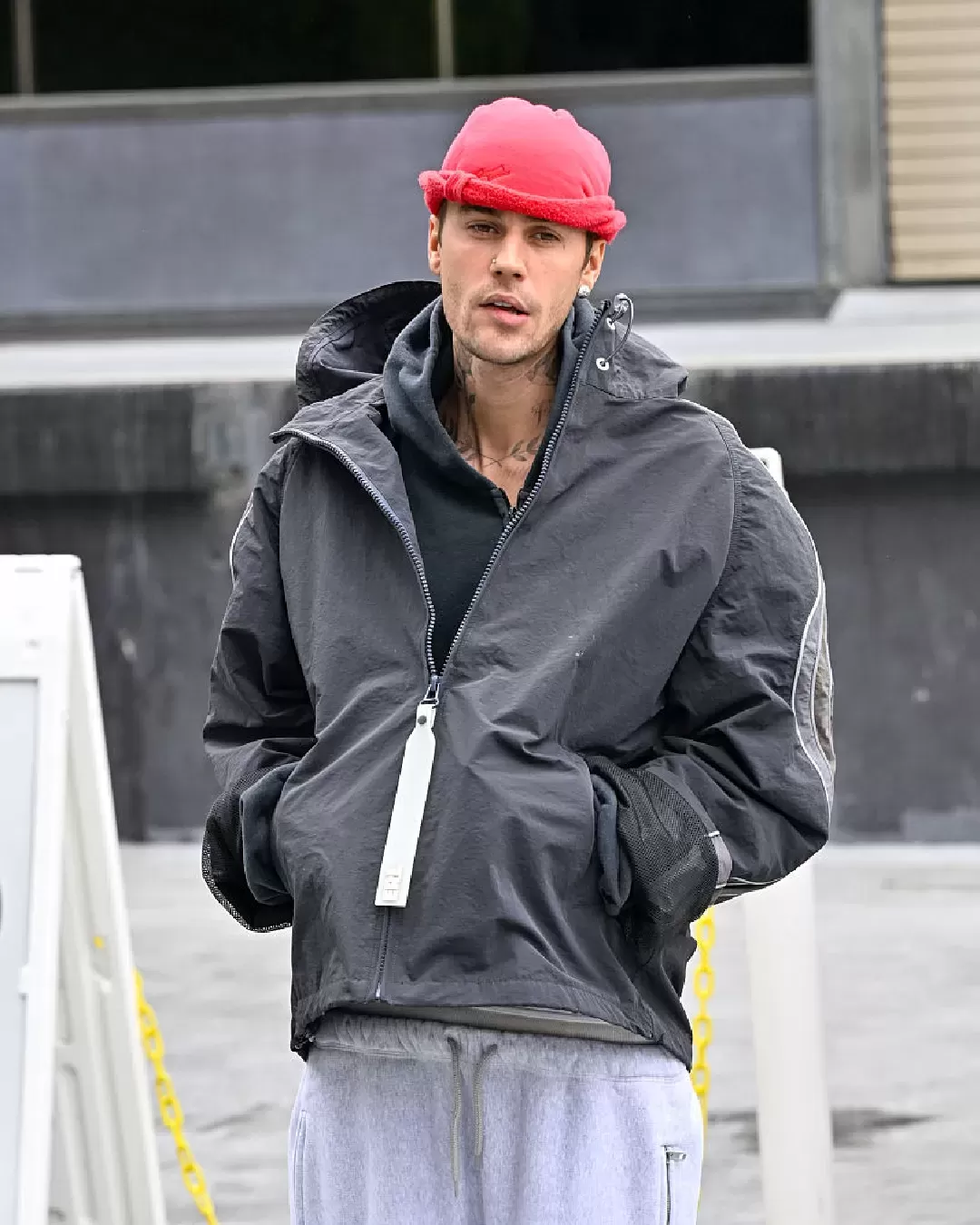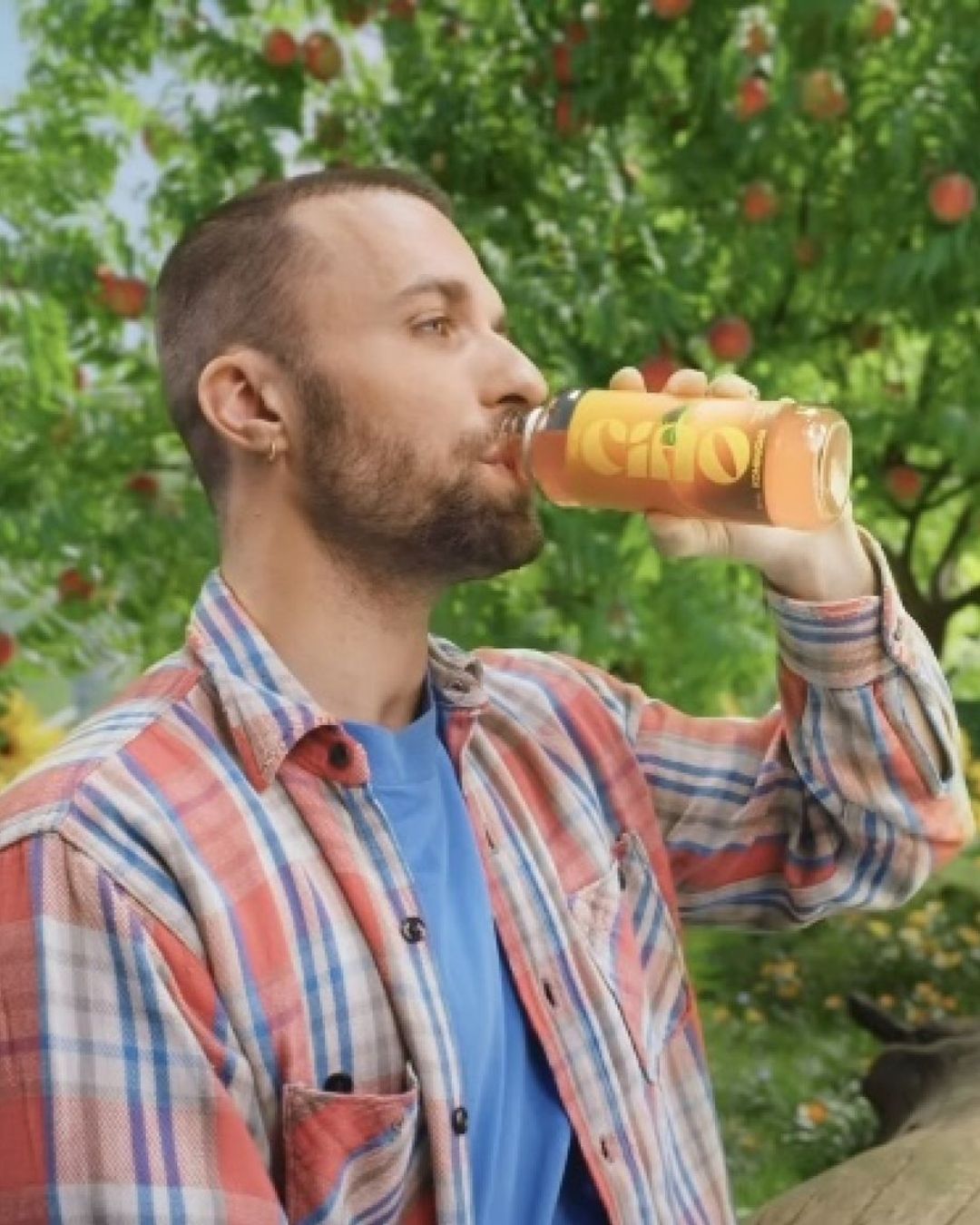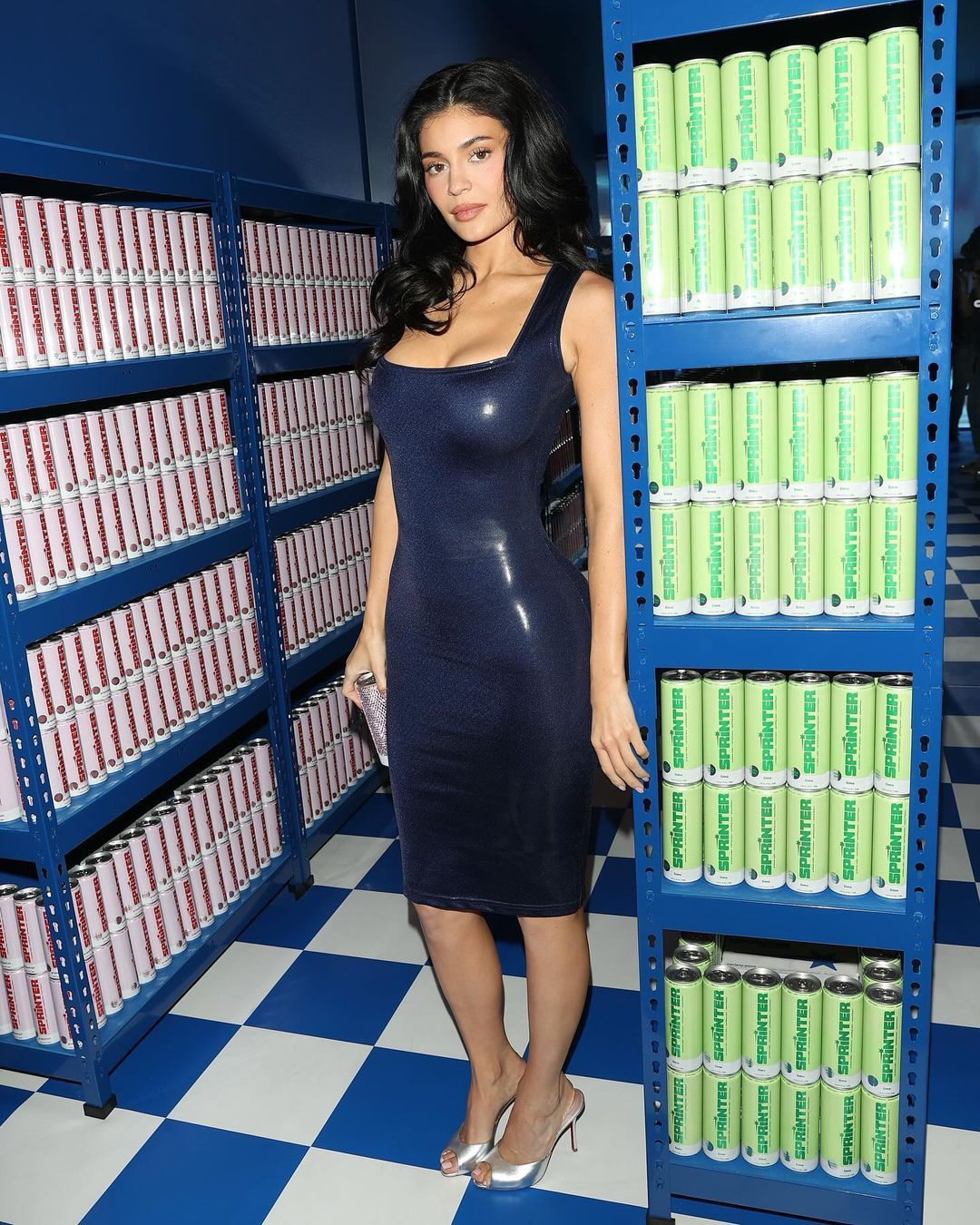
Will celebrity marketing kill emerging brands? In the attention market, essential social media views come at a high cost
In a recent article by Laure Guilbault on Vogue Business, it is stated that «celebrities accounted for 57% of the total visibility (or Earned Media Value) generated by the top 12 fashion brands in the first nine months of 2023, a 41% growth compared to the same period the previous year.» Furthermore, the CEO of Lefty, an influencer marketing analytics platform, highlights that «86% of visibility is generated by mega influencers with over a million followers, [but they] represent only 19% of the total influencer population.» When looking at other data from post-fashion week reports, it becomes apparent that, for example, the K-Pop band ENHYPEN, who are ambassadors for Prada, generated $7 million in EMV and had generated $8.6 million for the June men's fashion show. A post by Emma Chamberlain for Gucci's recent show alone produced $9.4 million in EMV. In essence, social media personalities are essential aggregators of views and attention, perhaps the only ones capable of bringing their vast audience to a fashion show that non-professionals might not even watch. However, if 19% of all influencers generate 86% of total visibility, and these mega influencers are only booked by mega brands, what happens to the visibility opportunities for emerging brands? Consider what would happen if K-Pop mega-stars or celebrities like Zendaya, Kylie Jenner, or Rosalía were to independently attend the show of an indie brand – somewhat like what happened with Gerrit Jacob, who gained industry recognition after Dua Lipa's endorsement, followed by endorsements from Burna Boy, Rosalía, Lil Nas X, and more recently, A$AP Rocky.
Something similar occurred in May 2022 when Madonna and FKA Twigs attended the student show at Central Saint Martins in London. Within hours, an abnormal number of spectators had seen or were discussing a show that usually only attracts a small circle of industry insiders. This leaves independent brands with limited economic resources little maneuvering space. Succumbing to the necessary law of influencer marketing, where this or that influencer must attend, bringing their followers' attention with them, smaller designers tend to turn to niche celebrities who are more capable of conveying values, communicating identity, and engaging a more targeted community. The fact that there is a way to quantify financially the buzz brought to a certain show or brand by a public figure, with related calculations of engagement rates and so on, demonstrates how central the role of any type of celebrity is in the success of a particular collection. Recently, the golden goose has been K-Pop groups, capable not only of converging entire crowds in front of a fashion show venue but also of instantly boosting its visibility beyond the narrow circle of industry insiders. Now, this system follows precise logic. There are contracts and agents, specialized PR teams, and even divisions between endorsers and ambassadors, with set days of service they must provide and their obligation to always and exclusively wear a certain brand in their public appearances (think of the online jokes about Kirsten Stewart or Margot Robbie being "hostages" of their Chanel contracts). However, sometimes this very system produces contradictions. The most evident one has gone viral in recent days: Tube Girl, the nickname of Sabrina Bahsoon, who became famous almost a month ago for dancing in the London metro and then walked for Christian Cowan, appearing at the Balmain, Courregès, and especially Valentino shows. Many attendees who didn't know her filmed her dancing just before the show, wondering who she was and what she was precisely doing – a perfect example of how, by inviting internet personalities to fashion shows to harness their large audience, people completely unrelated to fashion and fame in the strict sense end up in the front row.
@graziafrance Penn Badgley et la « tube girl » @Sabrina Bahsoon : la rencontre qu’on ne savait pas qu’on attendait au défilé Valentino printemps-été 2024 à la Fashion Week de Paris ! #pfw #tiktokfashion #valentino #valentinoss24 #tubegirl #pennbadgley original sound - habz.fx
In this "attention market," the fate of both large and small brands is at stake. This also gives us a measure of how fragile these giants are, dependent on views and KPIs, crushed under the weight of numbers, percentages, and quarterly targets. However, the obsession with "circumstantial" celebrities and the growing importance attached to their presence in making a show visible, existing in the eyes of the public, not only distracts from the actual quality and success of collections and designs but also risks creating the impression that brands without celebrities in the front row can never become relevant. If the only significant metric is the number of followers on Instagram, everything is reduced to just numbers. This logic undermines both the human, authorial, and intellectual element that made fashion relevant in the first place and the equal opportunities that would allow a talent with a true vision to emerge, be respected, and make a difference in a fashion system entrenched in the myth of constant exponential growth and now trapped within it, dependent on market barometers but increasingly corporate and impersonal.















































